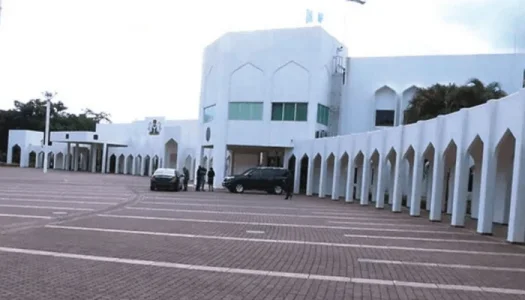
The Digest:
The Federal Government has initiated a N10 billion solar mini-grid project to power the Aso Rock Presidential Villa, marking a shift toward renewable energy amidst ongoing issues with Nigeria's national electricity grid.
Key Points
- The solar project, funded as part of the 2025 national budget, aims to reduce the Villa’s dependency on the national grid, which faces persistent challenges.
- Large areas around Aso Rock, including the Banquet Hall parking lot and visitors’ areas, are being converted into sites for solar panel installation.
- Julius Berger is implementing the project in partnership with renewable energy firms, including Bartum Energy.
- The project reflects President Bola Tinubu’s support for energy transition, but it also highlights the government’s growing lack of confidence in the national grid.
- Nigeria’s electricity grid provides only around 4,500MW out of the 14,000MW installed capacity, leading businesses and homes to rely on self-generation, primarily through solar and diesel-powered systems.
- The cost of the solar project is significant, accounting for more than 17% of the Villa’s capital budget.
- Some analysts have questioned the government’s priorities, suggesting that the grid should be fixed for all citizens before Aso Rock goes off-grid.
- The shift to off-grid energy is a response to frequent power outages and rising costs of diesel and electricity.
- Energy inequality concerns have been raised, given that only the elite have access to sustainable, reliable power.
The N10 billion solar project for Aso Rock signals a significant step toward renewable energy, but it underscores the failure of Nigeria’s national grid, prompting concerns over energy inequality and the government’s fiscal priorities.
Sources: The Guardian




